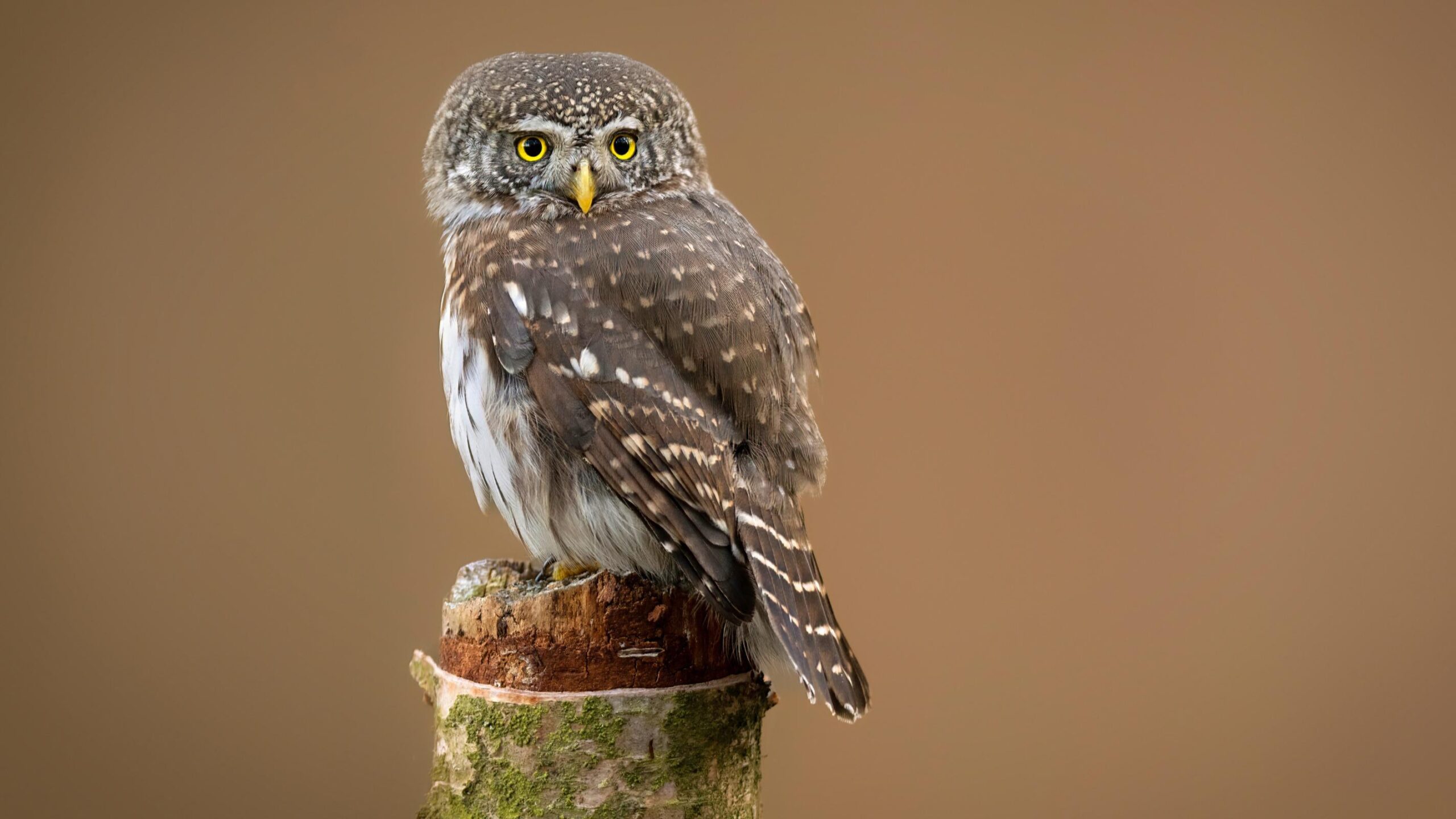
Two Endangered Nocturnal Birds of Prey Face Uncertain Future in France
A recent study by the LPO (Ligue pour la Protection des Oiseaux), the French Bird Protection League, sheds light on the precarious state of nocturnal birds of prey in metropolitan France. Released in conjunction with the "Nuits de la Couette" (Duvet Nights) event held in March, the report details the populations and habitats of these vital members of the ecosystem, revealing alarming trends for certain species. Of the nine breeding species of nocturnal birds of prey found in mainland France, the Eurasian Pygmy Owl and the Short-eared Owl are identified as the most vulnerable, facing significant threats to their long-term survival.
Nocturnal birds of prey, positioned at the top of the food chain, play a critical role in maintaining ecological balance. They act as natural regulators of rodent populations and indicators of overall environmental health. The study focuses on assessing the conservation status of each species, revealing that two are categorized as "Near Threatened" and "Vulnerable," highlighting the urgent need for conservation efforts.
The Eurasian Pygmy Owl (Glaucidium passerinum), the smallest of the European owls, is roughly the size of a starling. Its diminutive stature has earned it the fitting English name of "Pygmy Owl". This species, with origins tracing back to the glacial era, primarily inhabits the forests of Central Europe. Its range extends across the taiga, its original habitat, found in Northern Europe and eastward into Siberia.
Within France, the Eurasian Pygmy Owl favors mountain forests composed of both coniferous and deciduous trees. Its distribution spans from the Vosges and Jura mountains through the Massif Central to the Maritime Alps. However, there is no documented evidence of its breeding activity in the Pyrenees mountains. The LPO’s survey estimates a population of only 1,000 to 1,500 pairs during the period of 2019-2023. These figures are derived from data collected by the national network "Petites Chouettes de Montagnes" (Small Mountain Owls), a collaborative initiative established by the LPO and the ONF (Office National des Forêts), the French National Forest Office.
The Eurasian Pygmy Owl is currently classified as "Near Threatened" on the red list of endangered birds in France, indicating its vulnerability and the necessity for ongoing monitoring. To provide perspective on its relative abundance, the Tawny Owl population, a more common species, is estimated at 260,800 pairs.
The Eurasian Pygmy Owl’s secretive nature makes it a challenge to observe. It resides in tree cavities, often those abandoned by woodpeckers. This predator hunts at dawn and dusk, preying on voles, field mice, and small passerine birds. Despite being classified as nocturnal, this owl exhibits diurnal activity as well. Adult Pygmy Owls are recognized by their small size, grey-brown to reddish-brown plumage speckled with white, and white chest. Distinctive features include prominent white eyebrows above its yellow and black eyes.
The Short-eared Owl (Asio flammeus), a non-sedentary species, is a medium-sized bird of prey and a very rare nester in mainland France, and in general not well known by the public.. Its presence is limited to specific locations in western France, such as the Marais Poitevin and Breton marshes, and a few other areas where it frequently overwinters.
According to the LPO’s assessment, the population is estimated to be between 40 and 120 pairs for the period of 2013-2018. This species of bird of prey is legally protected, as it is listed as "Vulnerable" by the IUCN (International Union for Conservation of Nature) on the red list of endangered birds in mainland France.
The breeding patterns of this nomadic nester fluctuate depending on the year. Depending on the size of the migratory population, some pairs may remain in mainland France and nest if food resources are abundant. Short-eared Owls display low site fidelity, and pairs typically form only for a single breeding season.
Similar to the Eurasian Pygmy Owl, the Short-eared Owl is active both at night and during the day. A unique characteristic of this owl is its ability to hover in flight, much like a butterfly. This allows it to effectively spot its prey, which primarily consists of voles.
The Short-eared Owl is identified by its round head, light-colored face, and yellow eyes surrounded by black rings. Its plumage is characterized by brown speckles, a streaked chest, and very short, inconspicuous ear tufts.
The study of these two endangered birds of prey is crucial for informing effective conservation policies and accurately assessing the conservation status of these species. Understanding the challenges they face, such as habitat loss, pesticide use, and climate change, is vital for developing targeted strategies to protect them and ensure the continued health and biodiversity of French ecosystems. The LPO hopes that this research will raise public awareness of these beautiful and important animals, and galvanize support for efforts to improve their chances of survival. Continued monitoring, habitat restoration, and responsible land management are essential to secure the future of these vulnerable nocturnal birds of prey in France.
